Highlighting the articles in the past editions of the Journal of Screenwriting, of which I am the Book Reviews Editor. Hopefully these abstracts will entice you to did a little deeper into the history and future of screenwriting. — Rosanne
Screenwriter Rafael Azcona, writing of his times by Julia Sabina Gutiérrez
The aim of this article is to introduce the screenwriter Rafael Azcona, a key figure in the development of Spanish cinema, to an international audience. And rather than analyse his screenwriting work as simply a writer, I wish to look on his work as a spatial screenwriter, a creator of unforgettable images, situations and places in which his stories play out and his characters become unique. The concept of ‘space’ in his work is in reference to the relationship between the character and what André Gardies has referred to as ‘the cinematic narrative in relation to space’ or ‘narrative space’.
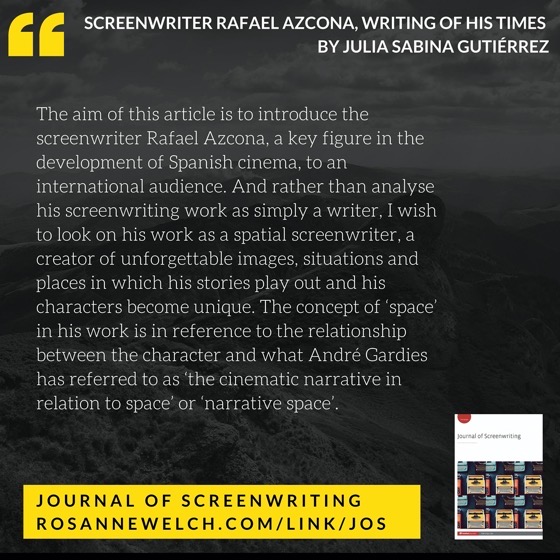
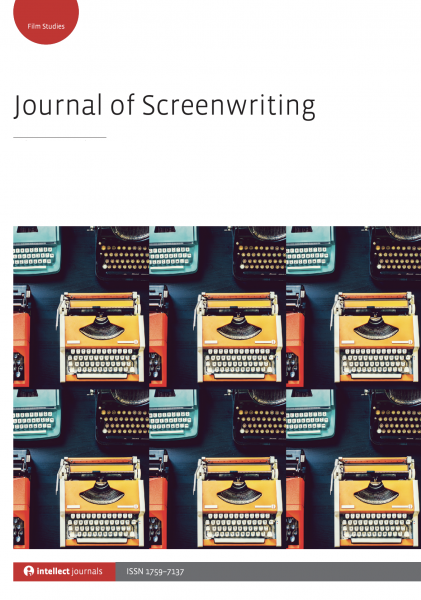
The Journal of Screenwriting is an international double-blind peer-reviewed journal that is published three times a year. The journal highlights current academic and professional thinking about the screenplay and intends to promote, stimulate and bring together current research and contemporary debates around the screenplay whilst encouraging groundbreaking research in an international arena. The journal is discursive, critical, rigorous and engages with issues in a dynamic and developing field, linking academic theory to screenwriting practice.
Get your copy and subscription to the Journal of Screenwriting Today!
* A portion of each sale from Amazon.com directly supports our blogs
** Many of these books may be available from your local library. Check it out!
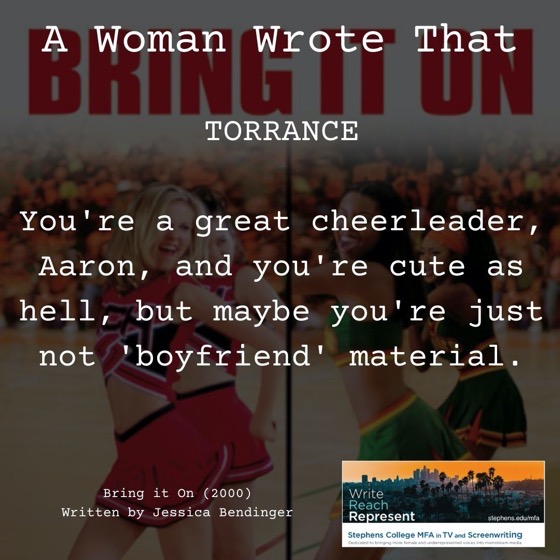

![17 The Bionic Woman from There And Back Again: Writing and Developing for American TV [Video] (56 seconds)](https://rosannewelch.com/wp-content/uploads/2021/03/rmw-oxford-brookes-17.png)



![06 The Universal Studios Writers Pool from How The Chaos Of Collaboration in the Writers Room Created Golden Age Television [Video]](https://rosannewelch.com/wp-content/uploads/2021/03/srn-porto-06.jpg)

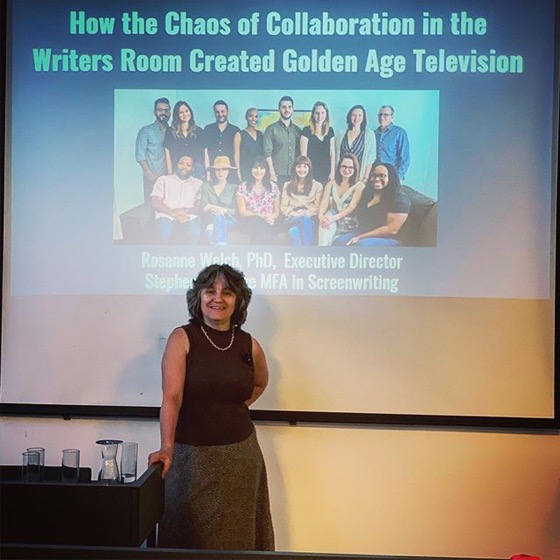

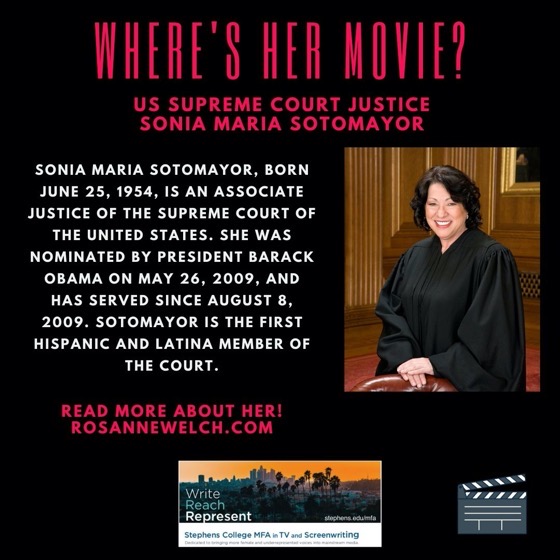
![Drs. Rosanne Welch and Dr. Sarah Clark discuss The Monkees “I’ve Got a Little Song Here” episode on the Zilch Podcast’s Monkees 101 Series [Audio]](https://rosannewelch.com/wp-content/uploads/2021/01/RMW-Rosanne-Signature-for-Web.png)
![Drs. Rosanne Welch and Dr. Sarah Clark discuss The Monkees “I’ve Got a Little Song Here” episode on the Zilch Podcast's Monkees 101 Series [Audio]](https://rosannewelch.com/wp-content/uploads/2021/03/Zilch164sm.jpg)
![05 The Monkees Writer’s Room from How The Chaos Of Collaboration in the Writers Room Created Golden Age Television [Video]](https://rosannewelch.com/wp-content/uploads/2021/03/srn-porto-05.jpg)